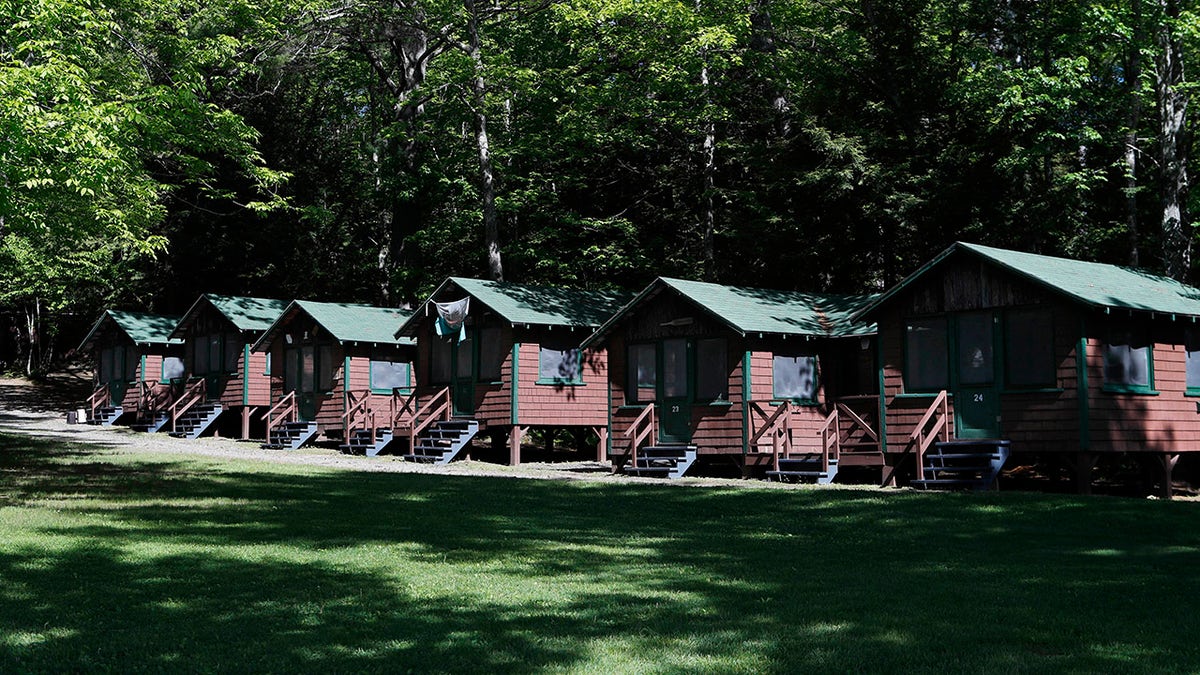CDC lists strict guidelines for summer camps
Camp Lenox owners Stephanie and Rich Moss react to the CDC guidelines on ‘Fox and Friends Weekend.’
Implementation of multiple strategies prevented almost zero transmission of COVID-19 among 7,173 campers and staff members who attended nine U.S. overnight camps this summer, according to a recent Centers for Disease Control (CDC) study.
During this summer, nine affiliated camps worked with the CDC, the American Academy of Pediatrics, the American Camp Association as well as state and local departments to design protocols specific to their individual site.
SUMMER CAMPS MAKING COMEBACK AFTER CORONAVIRUS-ERA SHUTDOWNS
Every camp recommended vaccinations for those who were eligible, but 30% of the participants were not eligible because they were less than 12 years old, according to the study.
All nine camps required staff members and campers to mask and physically distant from anyone outside their immediate family for almost two weeks before arrival. The participants were strongly advised to mask and to practice physical distancing when traveling to camp, while campers were required to submit at least one negative COVID-19 test within 72 hours of arrival to camp, according to the study.
During their first 12 days of camp, the unvaccinated campers were screened multiple times to rule out COVID-19, the researchers noted.

FILE - This Thursday, June 4, 2020 file photo shows a row of cabins at a summer camp in Fayette, Maine. On Friday, May 28, 2021, the Centers for Disease Control and Prevention posted guidance saying kids at summer camps can skip wearing masks outdoors, with some exceptions. Children who aren’t fully vaccinated should still wear masks outside when they’re in crowds or in sustained close contact with others – and when they are inside, and fully vaccinated kids need not wear masks indoors or outside, the CDC says. (AP Photo/Robert F. Bukaty, File)
CDC LOOSENS MASK REQUIREMENTS FOR SUMMER CAMPS
Staff members and campers were organized into pods: each pod was the same cabin where residents interacted with their other members without masking or physically distancing, but eventually camps merged into larger pods, where one pod evolved into multiple cabins.
Camps deliberately maximized outdoor activities to limit indoor transmission, staggered mealtimes, and divided campers to eat either indoors or outdoors. Infirmary care, sick call, and medication administration were also staggered as well.
The researchers found 21 people tested positive out of over 38,000 screening tests, but 15 had a false positive result. Three additional symptomatic cases were identified, totaling nine positive cases across all nine sites without any secondary transmission.
CLICK HERE TO GET THE FOX NEWS APP
This study has two important limitations: negative results of tests who were symptomatic were not always documented because of staffing challenges in the infirmary. The second limitation was incomplete vaccination data because one camp did not collect vacation status among campers, leading to an underestimation of the overall vaccination rate.
The report’s lead health scientist Dr. Sarah Lee, team lead in the Healthy Schools Branch, Division of Population Health at the CDC, wrote to Fox News recently: "The findings in this study confirm that multi-layered prevention strategies (for example, frequent screening testing, masking, physical distancing, and activity modification) help reduce the risk of introducing and spreading COVID-19 in youth summer camp settings. Additionally, with high vaccination rates among eligible staff and campers, these camps were well prepared to prevent COVID-19."
The research noted schools and other similar youth related programs may apply similar strategies to prevent COVID-19 transmission.


